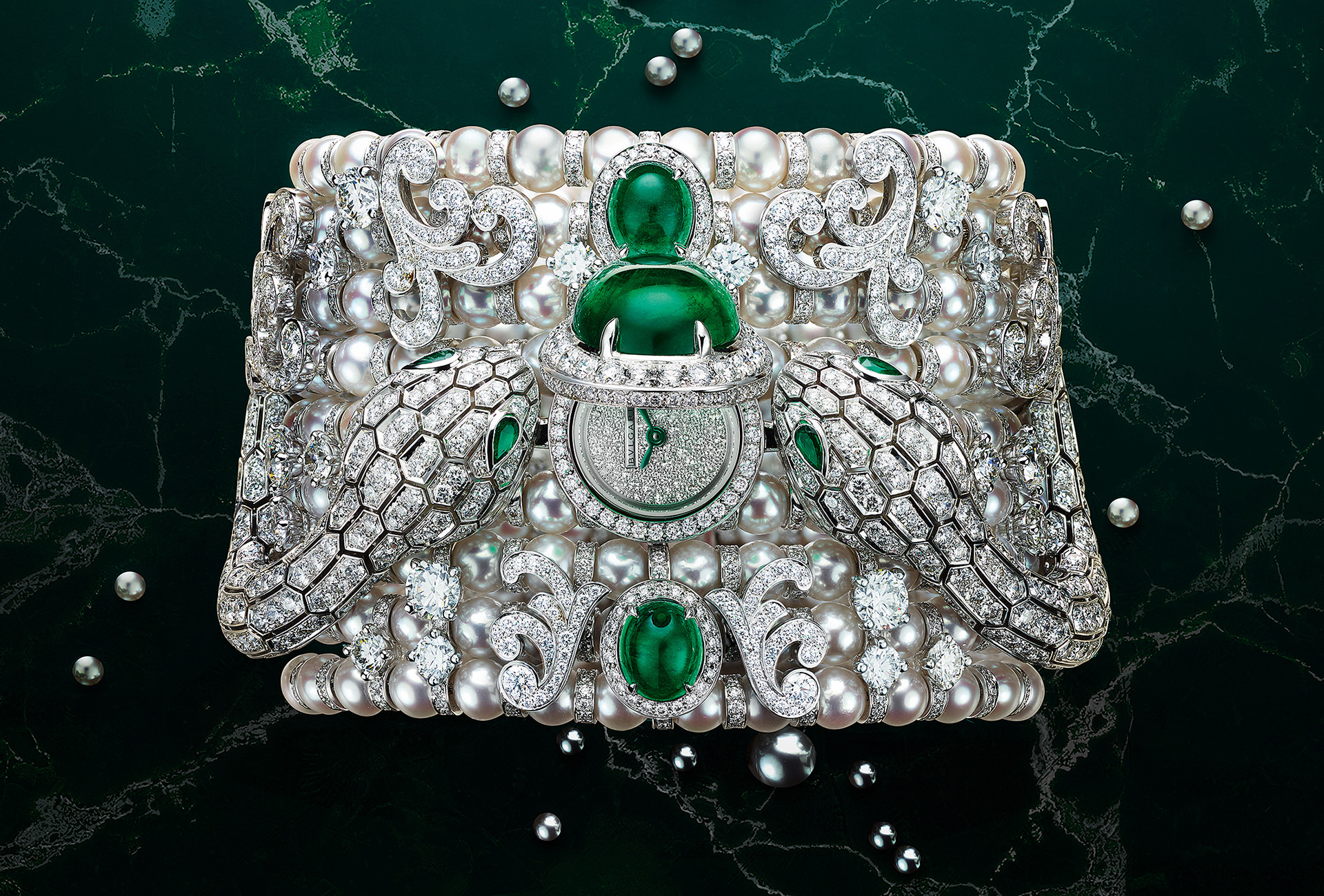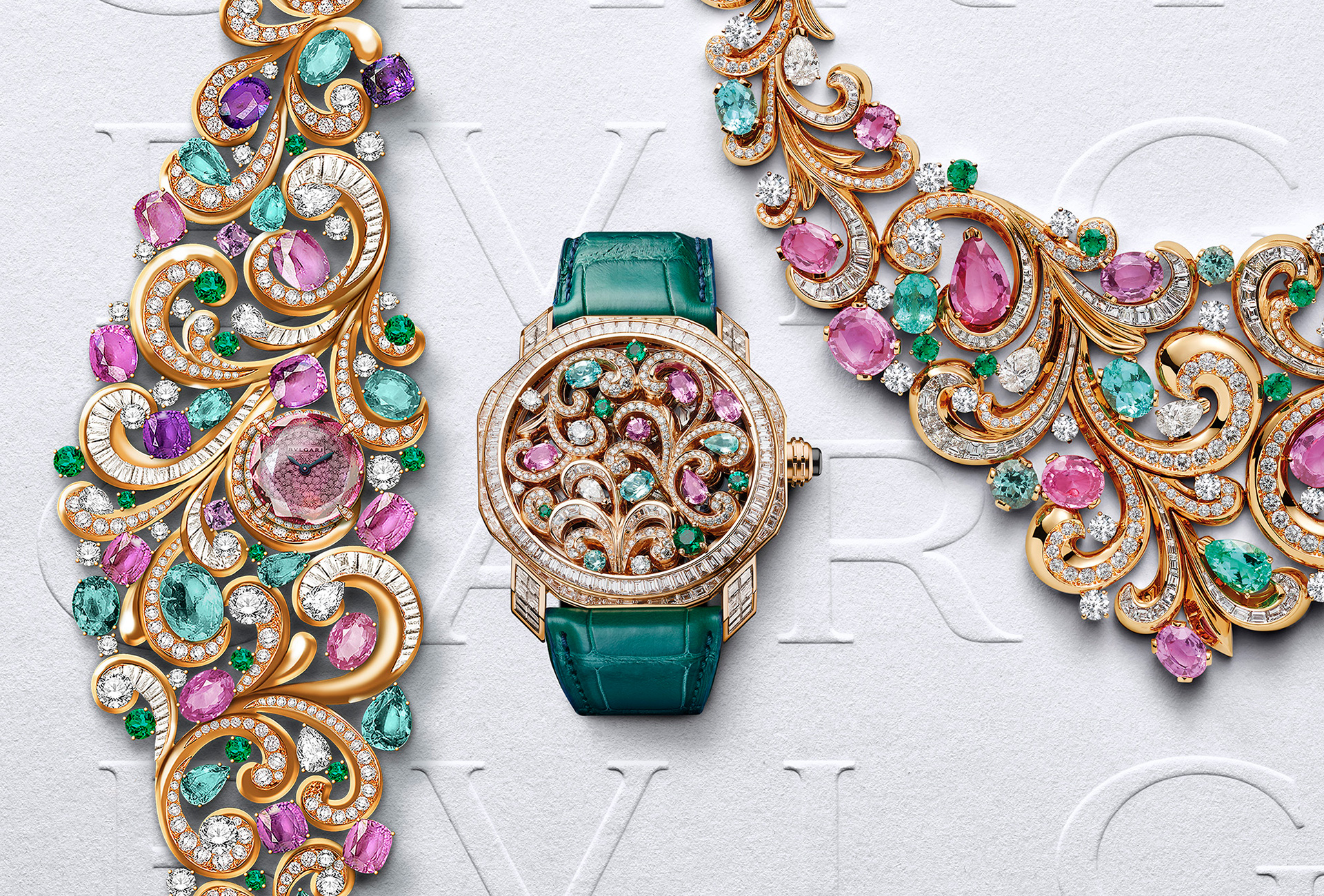Sales figures published last week by Richemont for the third quarter of the group’s financial year (October-December 2020) show an encouraging 5% increase at constant exchange rates to €4.2 billion. The announcement confirms trends currently operating in the luxury market – which analysts believe is poised for growth this year – as Richemont’s jewellery brands (Cartier and Van Cleef & Arpels) were the powerhouses behind this performance. They delivered a 14% increase in sales to €2.4 billion, whereas the group’s watch brands continue to tread water (-4%). The most buoyant regions are Asia-Pacific (+25% to €1.7 bn) alongside Middle East and Africa (+27%). That Asia-Pacific should be out in front is essentially down to mainland China where sales skyrocketed by 80%. This stronger third quarter has had a positive effect on the group’s results for the nine months to date, with revenue for that period now at -14%.

This favourable context puts a new perspective on the recent acquisition of Tiffany by LVMH for $15.8 billion, the biggest transaction so far in the luxury sphere, as jewellery is set to see remarkable growth in the coming decade. As noted by Joëlle de Montgolfier, senior director for Retail and Luxury at Bain & Co, the jewellery segment is growing at a substantially higher rate than the average for personal luxury goods. According to the consultancy firm, jewellery sales in 2019 (prior to the coronavirus outbreak) increased 12% compared with 7% for the market overall. This exceptional progression for a mature “industry” such as jewellery is in large part due to the fragmented nature of the market. Whereas other luxury segments are dominated by brands, much of the world’s jewellery comes from unnamed makers. According to Euromonitor International, jewellery’s household names take a 20-30% share of the cake ($35.4 billion in 2020). This leaves the way open for significant expansion, whether through acquisitions or by capitalising on name and legacy.
Changing consumer behaviour could also contribute. The biggest names are sparing no effort to align their organisation with the tenets of sustainability and in doing so reassure customers concerned about how the gemstones and precious metals in their jewellery were sourced. Another factor: purchasing patterns, particularly in Asia, tend clearly towards branded products and, more so, Western brands. Tiffany, for example, posted a 50% increase in sales in China for November and December 2020 over the same period one year previous. It’s also a case of “sisters are doing it for themselves”, with women preferring to buy their own jewellery rather than wait for a man to gift it to them. Whether for a simple necklace or a full parure, buying jewellery is no longer about gender. It is, however, more and more about e-commerce. Here, too, leading brands have embraced opportunities, all the while extending their network of brick-and-mortar stores.

Brand appeal, investment in physical stores and a loyal customer base go some way towards explaining jewellery’s resilience. As for future growth, all eyes are (once again) on China – a country where Bulgari doubled its sales in the more favourable months of 2020, says CEO Jean-Christophe Babin, quoted in Le Monde. When analysing the full potential of the jewellery segment, Bulgari is a case in point. Since its takeover by LVMH in 2011, the Italian firm has doubled its revenue and increased operating income fivefold. Doubtless LVMH is aiming for a repeat performance with Tiffany. In today’s fast-growing jewellery market, there’s every chance.




















